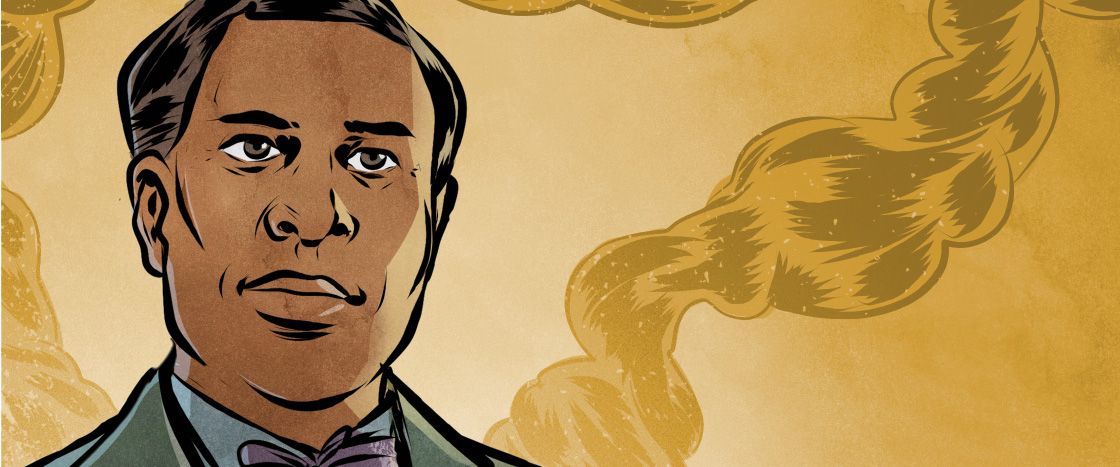For just a moment, imagine you’ve invented something that could save people’s lives. Now it’s time to test it. What could happen if it fails? An inventor named Garrett Morgan found himself in that stressful situation.
Morgan was born in Kentucky in 1877. That was just 12 years after the Civil War ended. His parents had been enslaved. Racism was a horrible fact of life in America. Black people didn’t have the right to vote or hold certain jobs. In sixth grade, Morgan had to quit school so he could work and make money. When he was 22, he moved to Ohio to find greater opportunities.
At first, Morgan swept floors at a clothing factory. Then he taught himself how to fix sewing machines. Morgan even invented a way to help keep them from breaking. Later he started his own clothing shop.
In 1911, Morgan began working on a device that would save countless lives. Five years later, a horrible accident gave Morgan the chance to truly test his device.

